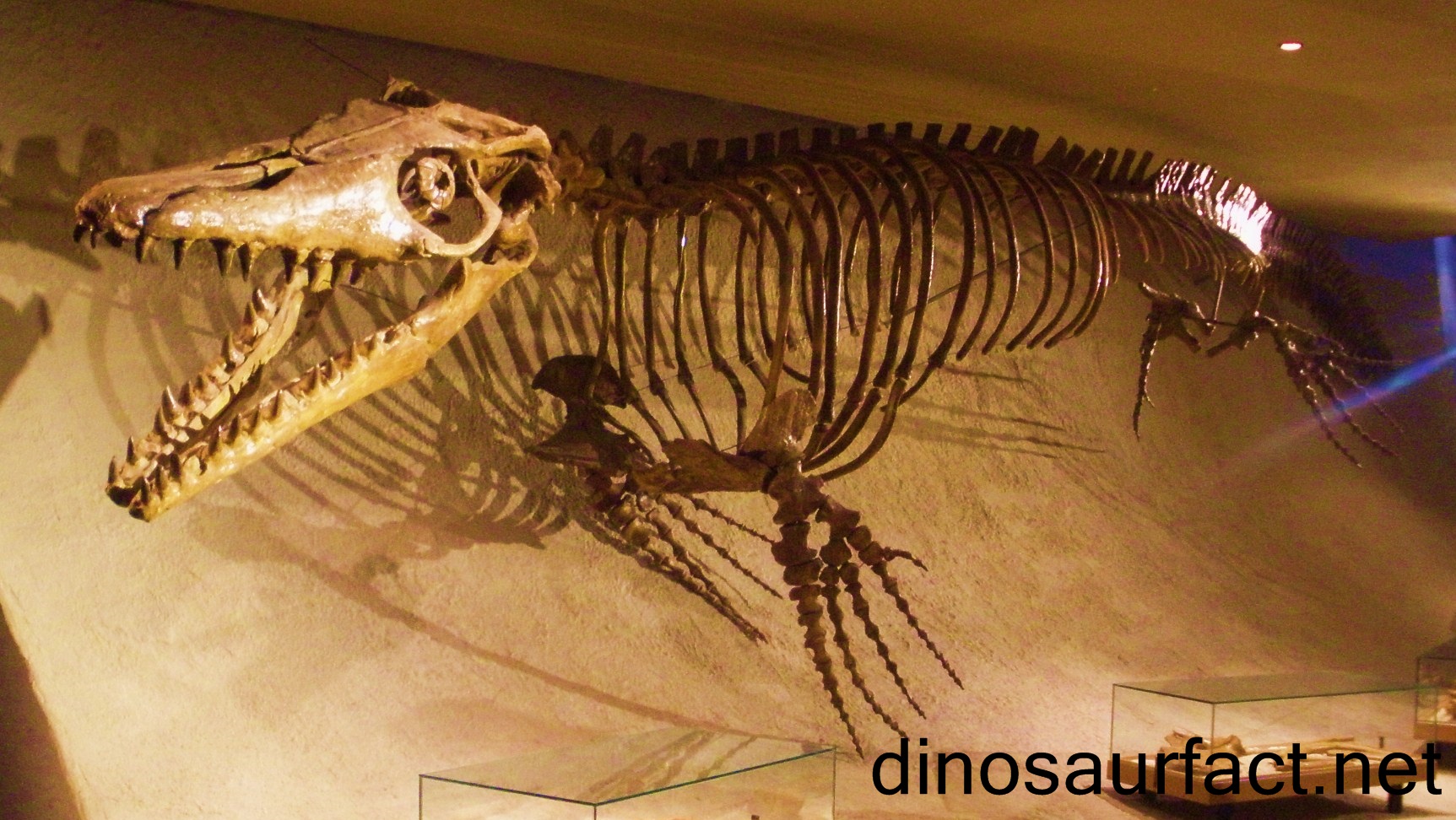
Eonatator is the genus from the subfamily Halisaurine. It is found that the Eonatator lived in the upper cretaceous of Europe and North America . It is the taxon that was generally includes within Halisaurus, but it is placed in its own genus. The name Eonatator in Greek means “dawn swimmer”. This genus is believed to found in the Kristianstad Basin of southern Sweden . The only species found in this period is E.aternbergii. This species is named after the scientist Charles h. Sternberg and his son Levi, as they discovered this specimen in the Niobrara Chalk during the year 1918.
The classification of this Eonatator is as follows:
Eonatator is classified under the kingdom Animalia, under the phylum chordate, class sauropsida and order squamata. It is also classified under the family Mosasauridae and subfamily Halisaurinae and genus eonatator.
Similar to many mosasaurs this genus also has a complicated taxonomic history. The specimen found was nearly a complete skeleton and this was originally referred to the genus Clidastes by the scientists Wiman and then it was referred to Halisaurus by the scientist Russell. And this made that the taxonomic history as the Clidastes. Sternbergii became as the Halisaurus.sterbergii. And during the late 80s the paleontologists suggested that H. Sternbergii belongs to its own genus. Scientists Bardet has explained the ambiguous characters of Eonatator and according to them the lateral suture of Eonatator were ending in the ninth maxillary teeth.
It is evident from the research conducted that these animals have the long tail. That is the length of the tail of these animals is of around 40% of the length of the head and trunk. The caudal vertebra of these animals is greater in its length. That is the length of the caudal vertebra is greater than its width.
The Eonatator femur length is almost twice that of the distal width. That is the length of the femur is long. These dinosaurs were known to have had smooth triangular table extending posteriorly. These animals bear circular foramen of a medium size, and it is located twice from the frontal parietal suture. In Eonatator the foramen is surrounded anteriorly and posteriorly by two parallel ridges. According to the Researchers, Eonatator would have had rounded quadrate. The vertebral column of Eonatator has seven cervical vertebrae. Eonatator has twenty four dorsals. These animals are characterized by four pygals.
There are twenty eight median caudals in these animals. In Eonatator, there are at least forty one terminal caudals. The length of the humerus in the animals of the genus Eonatator is approximately 2.5 times that of the distal width. The research studies reveals that Eonatator is the sister group to the clade Halisaurus. It is represented as the most basal known mosasaur taxa. Among the small mosasaurs Eonatator was one. The length of the typical adult Eonatator is around 2.65 meters. Eonatator generally feeds primarily on the fish and smaller marine reptiles.
No hay comentarios:
Publicar un comentario